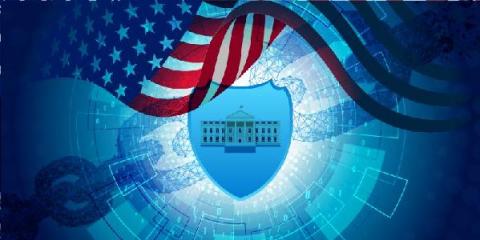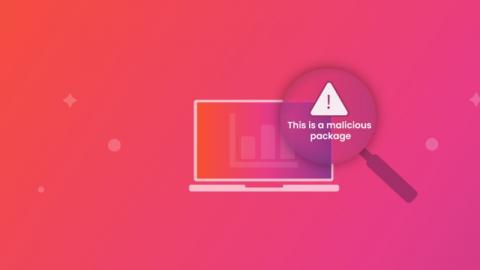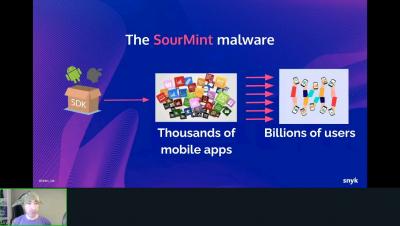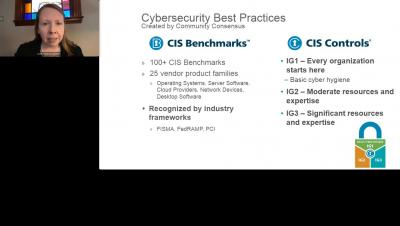Biden's Cybersecurity Executive Order Focuses on Supply Chain Attacks
“The United States faces persistent and increasingly sophisticated malicious cyber campaigns that threaten the public sector, the private sector, and ultimately the American people’s security and privacy. The Federal Government must improve its efforts to identify, deter, protect against, detect, and respond to these actions and actors.”









